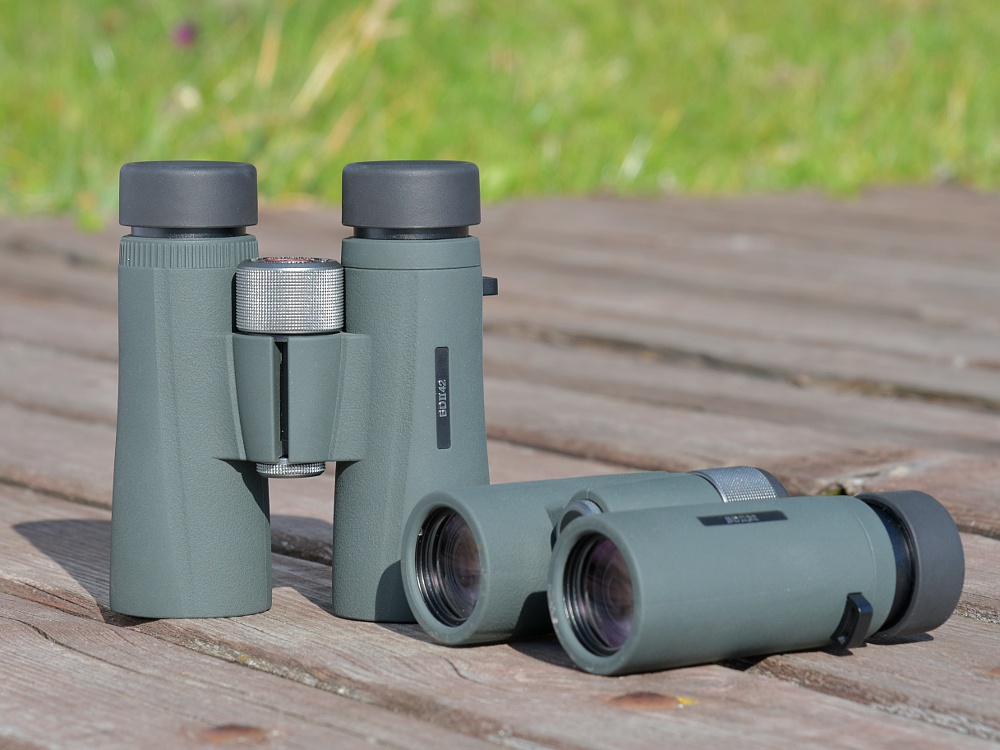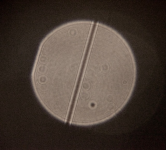I have read everything I could find on the Kowa BD II XD 8x32 on Birdforum and unlike the Kowa BD II XD 6.5x32, there appears to be a paucity of reviews on the bigger brother of the 6.5x32. According to the Allbinos.com article, optically the 8x32 seemed to perform better than most of the other sizes except they cryptically refer to image artifacts due to flare or glare. Why is the 8x32 the ugly step sister aside from the reduced FOV?
Is the Hawke Frontier HD-X or ED-X 8x32 superior to the Kowa BD II XD 8x32? Is flare going to be a universal issue with short 32mm binoculars?

 www.allbinos.com
www.allbinos.com
Is the Hawke Frontier HD-X or ED-X 8x32 superior to the Kowa BD II XD 8x32? Is flare going to be a universal issue with short 32mm binoculars?

Kowa BDII-XD binoculars hands-on - First impressions
In 2015 a new series of binoculars from the Japanese Kowa company was launched under a name of BD XD Prominar. It consisted of seven roof-prisms models with the following parameters: 8x32, 10x32, 8x42, 10x42, 8x56, 10x56 and 12x56 ...







